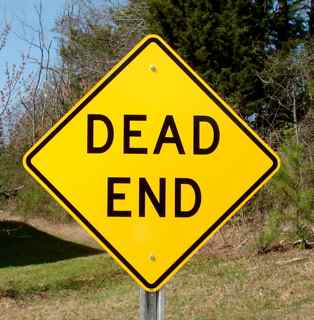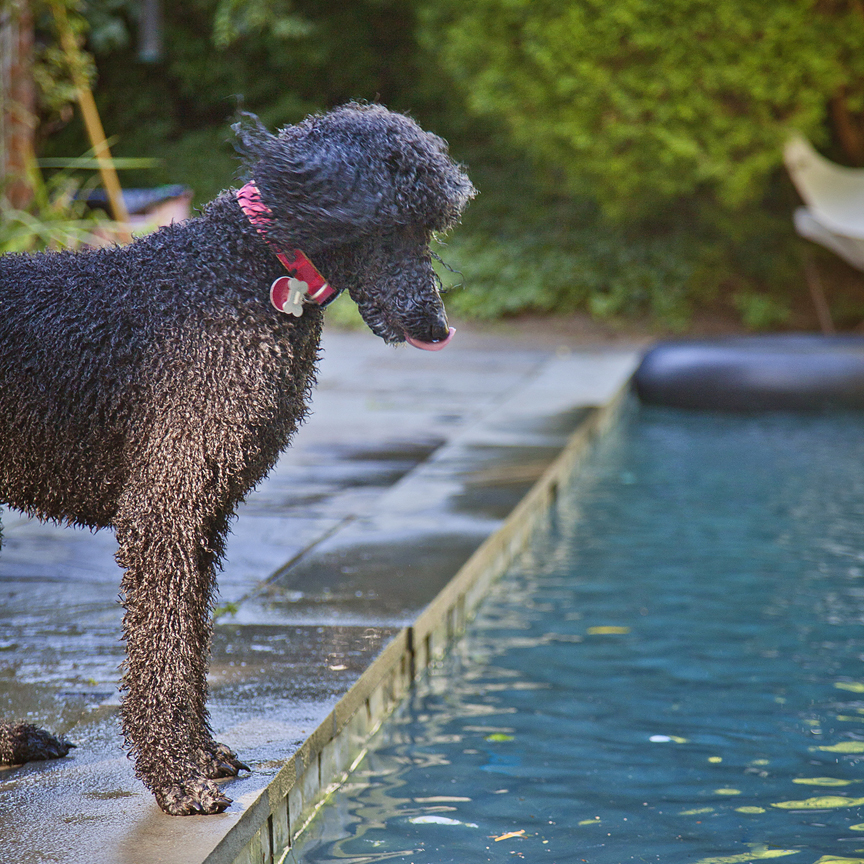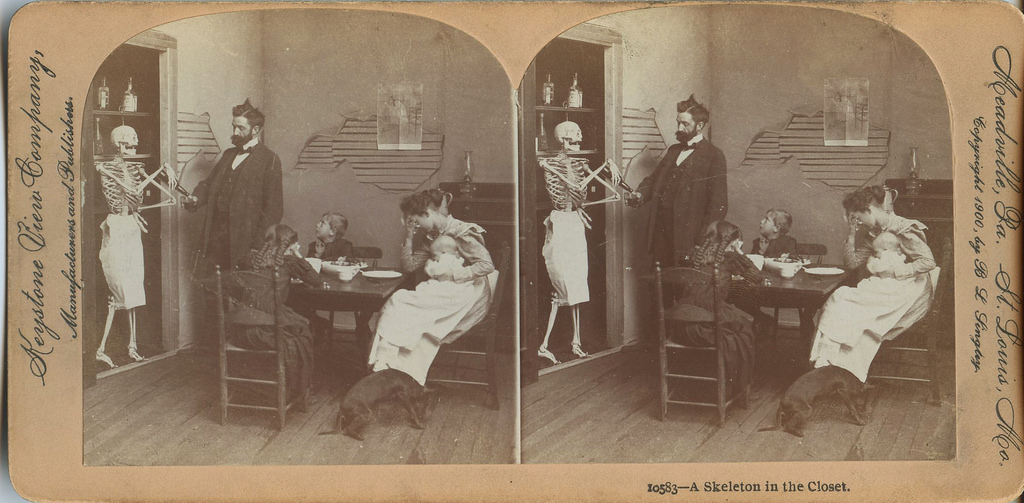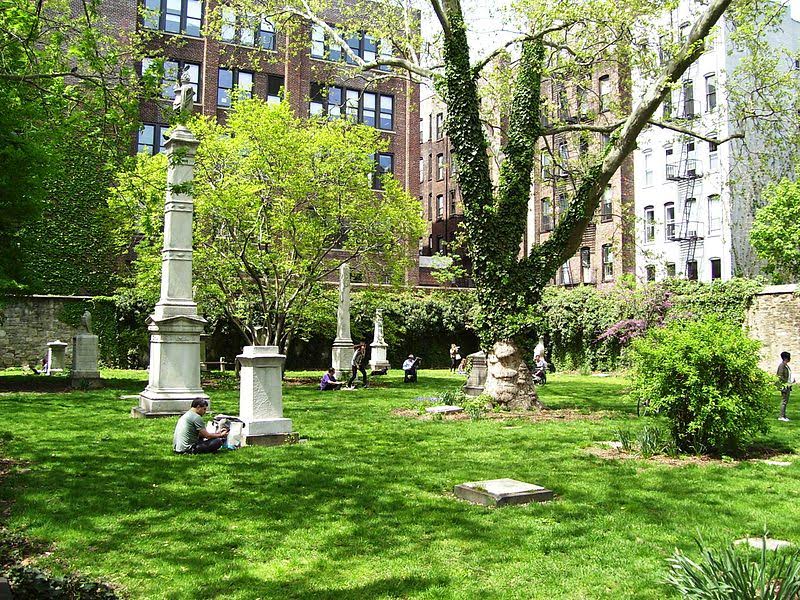It was a shady, treelined street with a row of handsome red brick condominiums rising three stories high on one side. Birds twittered and chased each other through the air; the smell of Tex-Mex wafted over from a nearby diner. Here and there patches of grass or weeds pushed their way through cracks in the extra-tall cement sidewalk, and a couple giant Oaks created a sort of gateway as the street gently curved into a dead end.
 “Dead end?” I laughed. My mom gave me the look she’s been giving me for over 30 years, the look that translates to, “Do you hear yourself?” I don’t think Mom will be folding that bit of wit into her realtor’s playbook.
“Dead end?” I laughed. My mom gave me the look she’s been giving me for over 30 years, the look that translates to, “Do you hear yourself?” I don’t think Mom will be folding that bit of wit into her realtor’s playbook.
Standing at the street level front door to one of the condos, an old house that had been split into two separate homes, I remarked that I loved the character of the neighborhood and I could see my husband and myself living there. We’d get a dog, I’d walk her to the nearby bakery on my lunch breaks, I’d wave to my neighbors as I walked home – people would want to cut out my life and put it on their “vision board”.
Well…some people would.
“It’s nice isn’t it?” my mom said. “Too bad this condo and – “ she gestured next-door, “ – that one, just won’t sell. People around here don’t want to live across the street from a cemetery.”
Remember the neighbors I mentioned waving to? I didn’t say they were living.
Directly across from that row of condos on the dead end street was a small, historic cemetery. Surrounded by a wobbly wrought iron fence, one could easily see the old headstones jutting out at odd angles where tree roots had buckled the earth. This was not a tidy cemetery with neat rows and expertly mowed grass.
No, it was crowded, moss-covered, and a little gnarly. While my mom said that it was maintained by the State of Texas, it still looked like it had fallen on some hard times. Nonetheless, I spied some colorful flowers dotting the graves, evidence that at least some of its residents were remembered.
The little cemetery seemed peaceful but a bit wild. In the midst of the manicured metropolis that is Dallas, it was a relief.
But not many shared my relief; in fact many people’s feelings were quite the opposite.
“Some people, as soon as I tell that the condo faces a cemetery, they straight away say, ‘No way,’”my mom told me as we walked around the neighborhood.
“This one couple, the wife was all about it, but the husband wouldn’t go near it. He just said, ‘It’s too creepy. I don’t want to look at death all the time.’”
Despite being reasonably priced (the prices were dropped at least once), having tons of character, and a prime location on a quiet side-street in one of Dallas’ busier neighborhoods, the condos sat empty for the better part of a year. I think one of them is still empty.
“Do homes by cemeteries always stay empty like this?” I asked my mom.
“In my experience, yes. But this is Dallas. A lot of people are freaked out by being so close to the dead. Some young people, millennials, don’t care about living by a cemetery, but the older they are, the harder the sell.”
A little sleuthing around real estate websites around the continental US led me to an interesting, rather counterintuitive discovery: while homes in close proximity to cemeteries tend to take longer to sell, they are very often more expensive. The price may be negotiated lower if the seller is motivated (growing up with a realtor mom, I’ve learned “motivated” means “Just-buy-my-house-already-OK? Thanks”), but many “cemetery homes” hit the market at a higher price.
Why is that? If you’re like me, I thought a home near an old, crotchety cemetery would save me some cash. Makes sense right? Not many people would want to live by a cemetery, so a motivated seller might lower the price for quicker sale right?
Well it turns out that in many cases, the zoning around cemeteries (especially historic ones) is rather strict, limiting new builds and expansion. Combine that with the presence of historic homes that often exist near historic cemeteries – homes that require extra upkeep and renovation – and you’ll see selling prices rise.
Of course this all varies by city and state, both cost-wise and the mentality of the locals.
In American cities like Boston, Chicago, or Philadelphia, the odds of living near a cemetery, maybe even in your backyard, are greater. With so many cemeteries, and buildible land at a premium, people in such cities are generally much more OK with having such unobtrusive neighbors. Some even prefer it.
Potential homeowners outside of major cities, have even found that there are graves or a cemetery on the property they would like to buy.
For the better part of American history, it was not uncommon for those living in more rural areas to bury their loved ones in small cemeteries on their property. People died at home, they cared for their dead home, and then they buried their dead nearby.
Because of this, owners of historic homes may find graves or small cemeteries on their property. However, if you think you can just bulldoze that annoying, centuries old cemetery plot at the edge of your property because you own the land and you want a pool for your Poodles, you’d be wrong. Dead wrong.

Legally you cannot destroy a cemetery, even if you own the property it’s on. You also can’t legally tear up headstones willy-nilly.
Put that shovel down.
If you really hate that cemetery so much (why did you buy the property in the first place, HMMM?) and your Poodles really need that pool, you have to obtain permission from the interred individuals’ next of kin.
Again it all slightly varies from state to state, but along with permission from next-of-kin, you will also need permission from the county. That means going to court.
Once you have permission from the county and the next of kin, some states require that you have the site that the graves (remains and all) will be transferred to, already secured.
What did you think they would do? Let you dig ‘em up and dump ‘em down by the Ol’ County Tire Fire?
And no, you still can’t pick up your shovel. Just put the shovel away.
The exhumation and the transfer of the bodies has to be supervised by a licensed funeral director. Sometimes the county will find a funeral director, sometimes that falls on you.
If all of the above requirements are met, THEN you can move those bodies. I hope you enjoy your Poodle pool.
If the cemetery on your property is large enough, some counties are willing to take control of it, so you might be off the hook there. But really, moving a cemetery off your property is not easy. It’s far from an “Ask and ye shall receive (permission to exhume and move human remains)” type of thing. You’re far better off not buying the property in the first place, or just making peace with the dead.
But what if the dead are a little closer? Or…were closer? What if someone died in the home you want to buy? Does the realtor or seller have to tell you?
It depends.

In some states, like Oregon for example, a death of any kind that occurred in the home does not legally have to be disclosed. It doesn’t matter if it was a “natural death” (illness), accidental death, suicide, or a “violent death” (homicide); the seller does not have to disclose.
In states like Texas, natural death, suicide, and accidental death do not have to be disclosed (unless the death occurred due to a defect in the house), but violent deaths should be disclosed.
Disclosing a murder in a Texas home is a little bit of a grey area, legally. A seller must disclose “material defects” or “material facts” that affect the buyer’s desire to buy the home. Murder could be considered a material fact. So it is generally encouraged, almost insisted on, that a seller disclose a homicide in the house.
“Where I work,” my mom has said many times, “We are told to always tell buyers about murders. Better they hear it from the seller or me, than the neighbors. If that happens, trust is broken and you’re out a client. Plus, the neighbors always talk. So it’s best to be honest.”
The laws are different all across the country. In California, any death in a home must be disclosed if it occurred within three years of the date of the offer made on the home. In Alaska and South Dakota, it’s one year (and suicides have to disclosed as well).
The only thing that seems to be consistent is that sellers CANNOT disclose deaths occurring from HIV or AIDS.
All this “to disclose or not to disclose” song and dance regarding deaths in homes comes down to how a house will sell. A lot of people do not want to live in a house where ANY death has occurred – so goodbye to that historic Victorian gingerbread you’re in love with, somebody probably died in there.
Most people do not want to live in a house where a violent death occurred. Some “murder houses” sit empty for years because of stigma and infamy. I admit, I’m not sure I could live in a house that was the site of a homicide.
“Death houses”, cemetery houses, houses with cemeteries – more and more people are seeking out “stigmatized” homes. Whether it’s the novelty of owning a home that’s part of true crime legend, the hope that the house is haunted (some states make you disclose an alleged haunting), an appreciation of history, or just being in search of a good bargain, properties with a past are gaining in popularity as the real estate market grows increasingly bloated.
Yet, like in so many unexpected aspects of modern life, how we regard real estate speaks directly to how we regard death. If death has touched a home, or is in close proximity to a home, is it too near? Too real?
How the heck is a person supposed to avoid thinking about death if their neighbors are irreparably dead?
As for me, I didn’t end up buying that sweet condo facing the cemetery. I really thought about it though; it had old Texas charm with modern conveniences, it was food adjacent, and the idea of being so close to that world-weary cemetery soothed my soul. Alas, the price, though low, was not low enough.
But I do hope someone is living in that condo now. I like to imagine them leaving their home, with their dog in tow, walking past the cemetery to get a coffee and a bagel, waving at the “neighbors”. If I had one, it’s exactly the image I’d want to put on my vision board.
Additional reading/sources:
“Selling My House: Do I Have to Disclose a Previous Death Here?”
“Homes Near Cemeteries Sell for 13% More Than Ones Near the Living”
“Did I Mention the Graves Out Back?”
“I See Dead People: Do Homes Near Cemeteries Sell Well?”
“Procedure for Moving a Grave or Cemetery When the Move is Not Requested by the Next-of-Kin”
“12 things you should know about seller’s disclosure”
“When You Need to Disclose a Death in Your Home”
“Laws Regarding Death Disclosures in Real Estate Transactions in California”
“Do I Have to Disclose a Death in the House?”
“Statues and Rules Related to Historic and Abandoned Cemeteries, and to Unmarked Human Remains”
Louise Hung is an American writer living in Japan. You may remember her from xoJane’s Creepy Corner, Global Comment, or from one of her many articles on death, folklore, or cats floating around the Internet. Follow her on Twitter.

